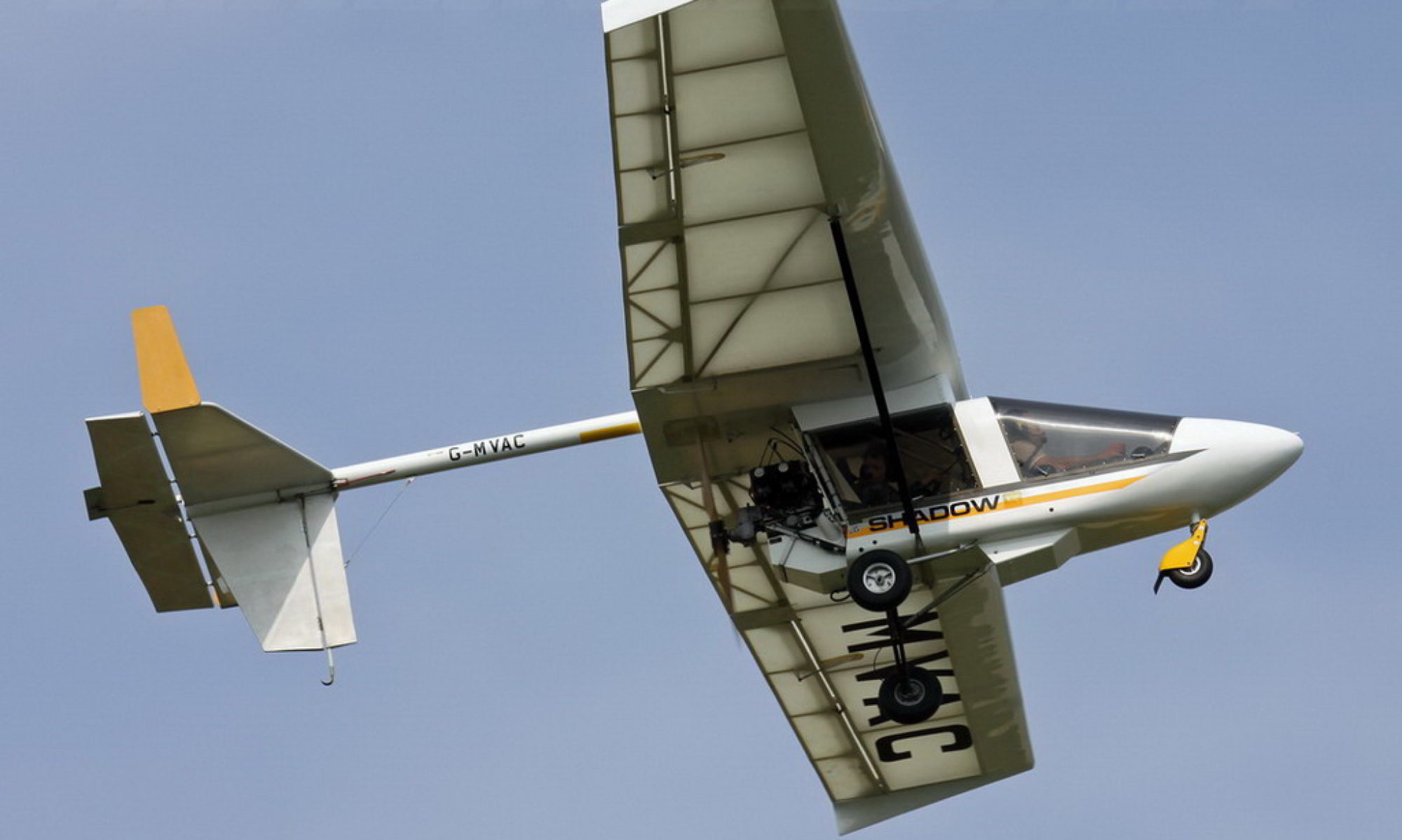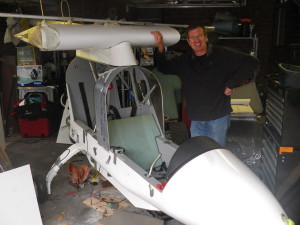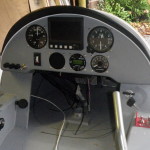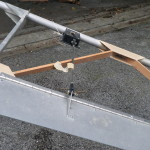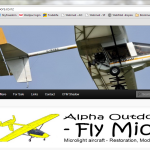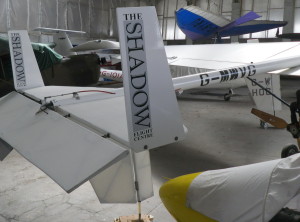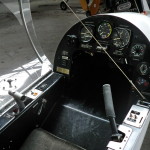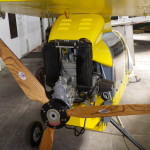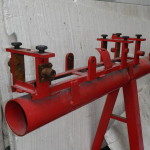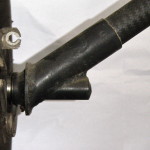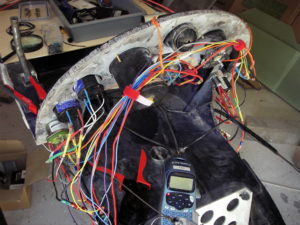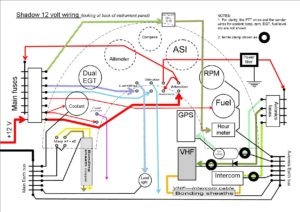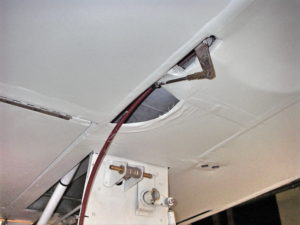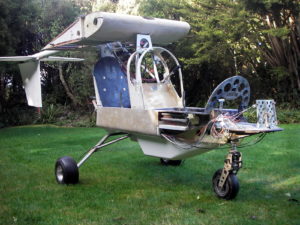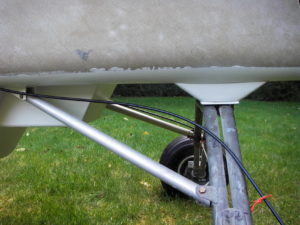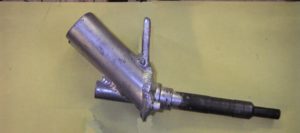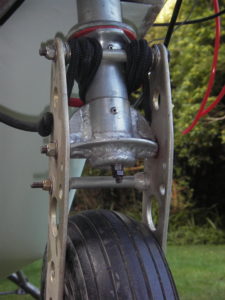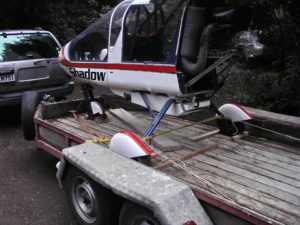Recently I had the opportunity to visit some Shadow owners in England (as I was en-route to the Skyleader factory in the Czech Republic).
I visited Tim Walker near Manchester who is building one of the last wide-body Streak kits to come out of the CFM factory. It’s fitted with a 75hp Rotax 618 engine, carbon-composite main landing gear and a digital cockpit display. It should be exciting to fly.
Since I hope to upgrade some components of my 1988 CFM Shadow microlight (e.g. main landing gear, cooling shroud, etc), I was pleased to see beneath the surface of his Streak, get close-up photos of construction details and make some measurements.
It was neat to spend time with yet another enthusiastic Shadow owner. I hope that Tim will be flying his Streak soon.
